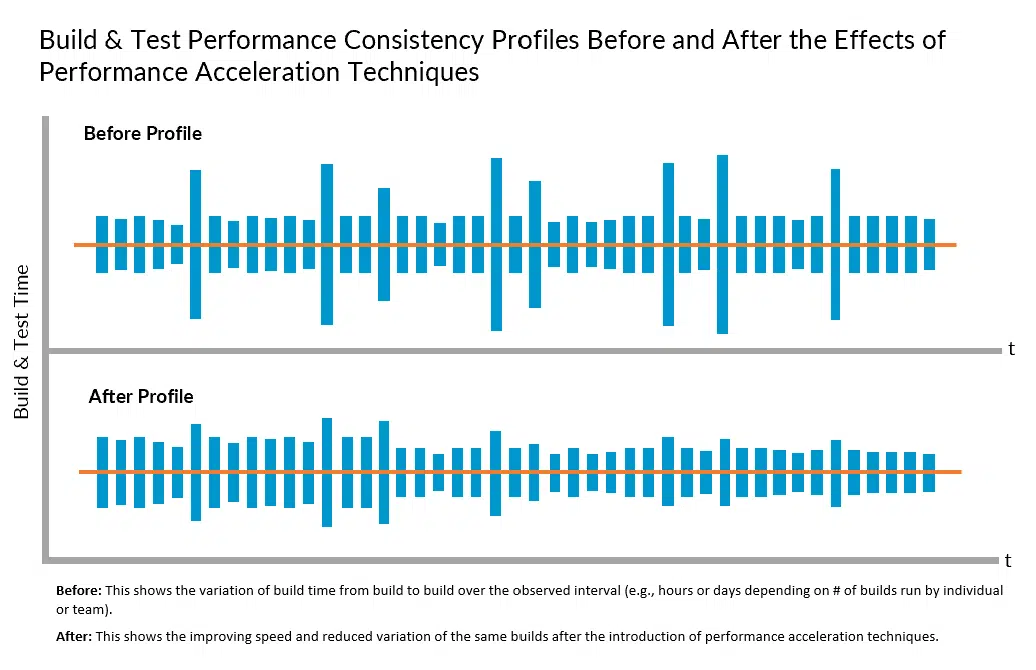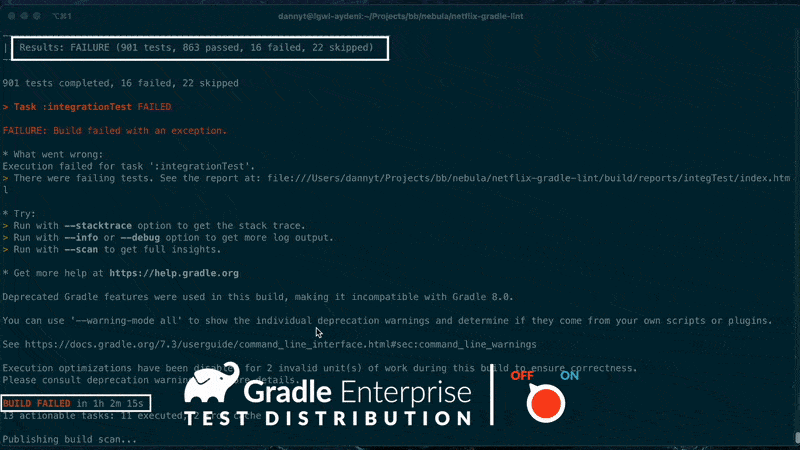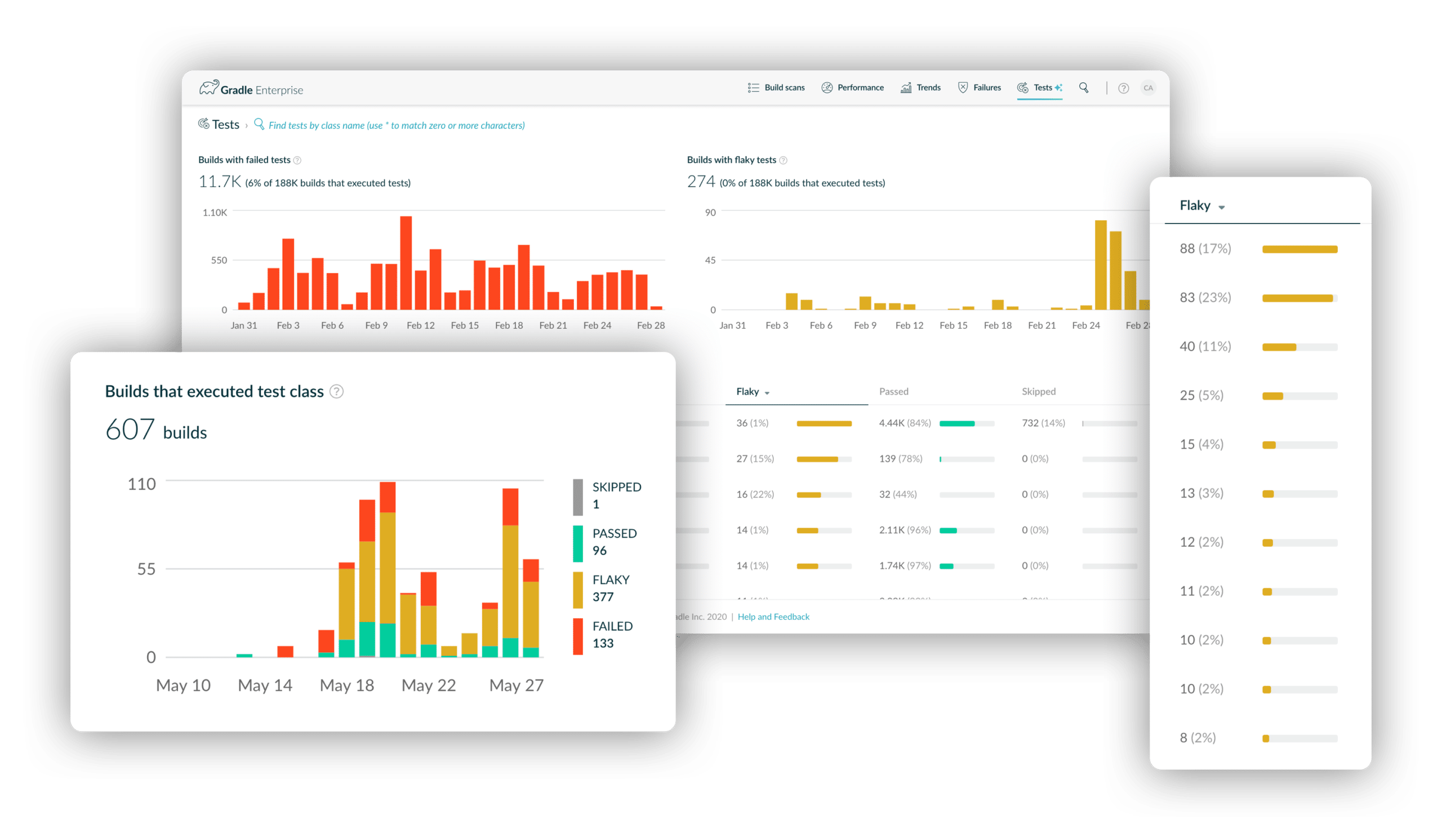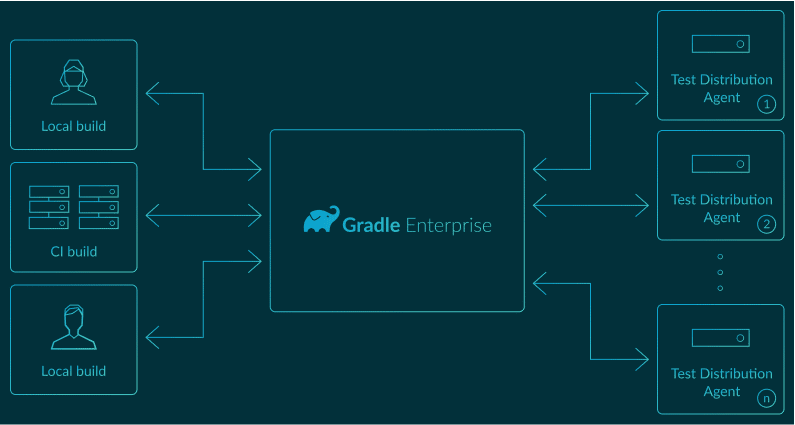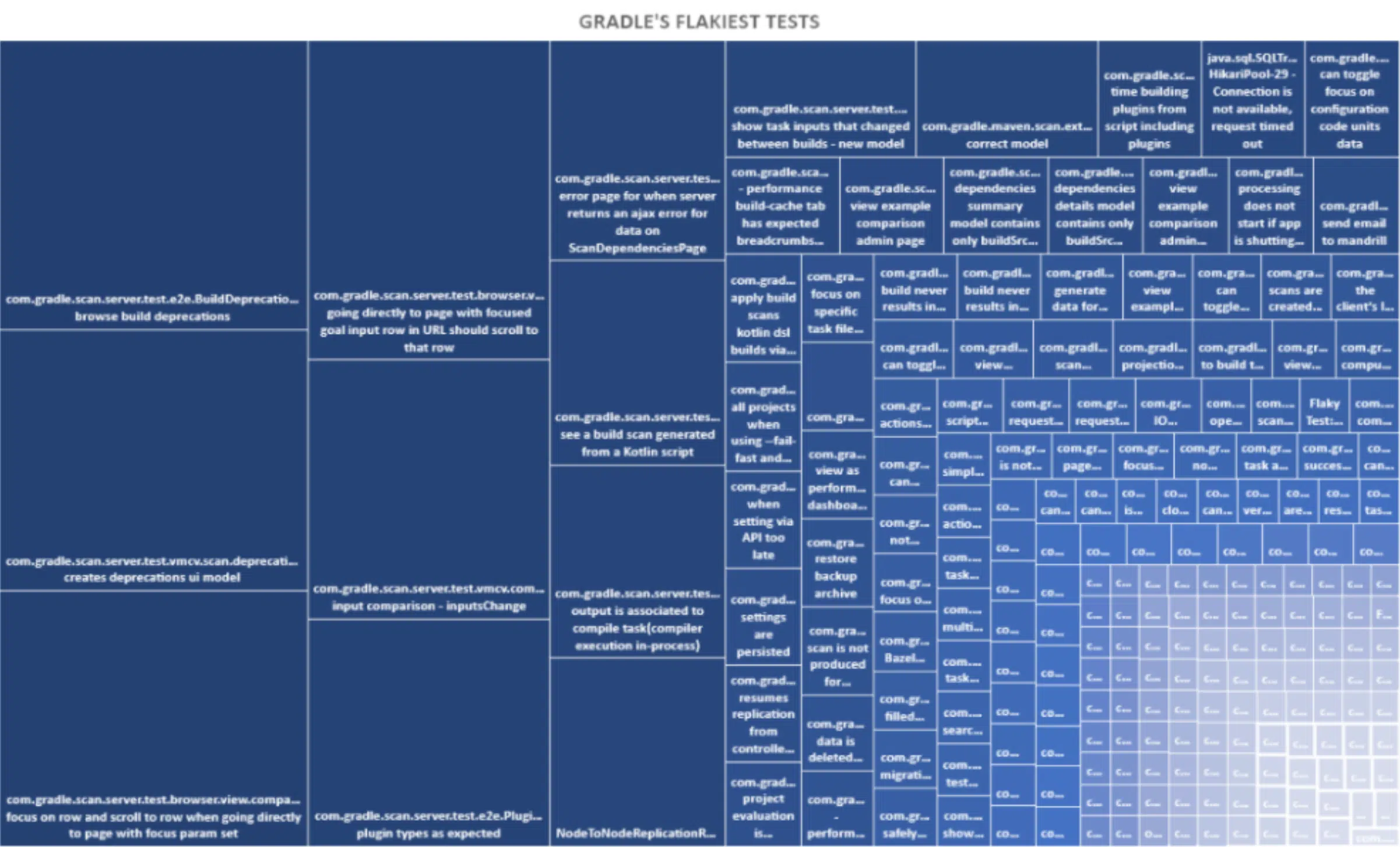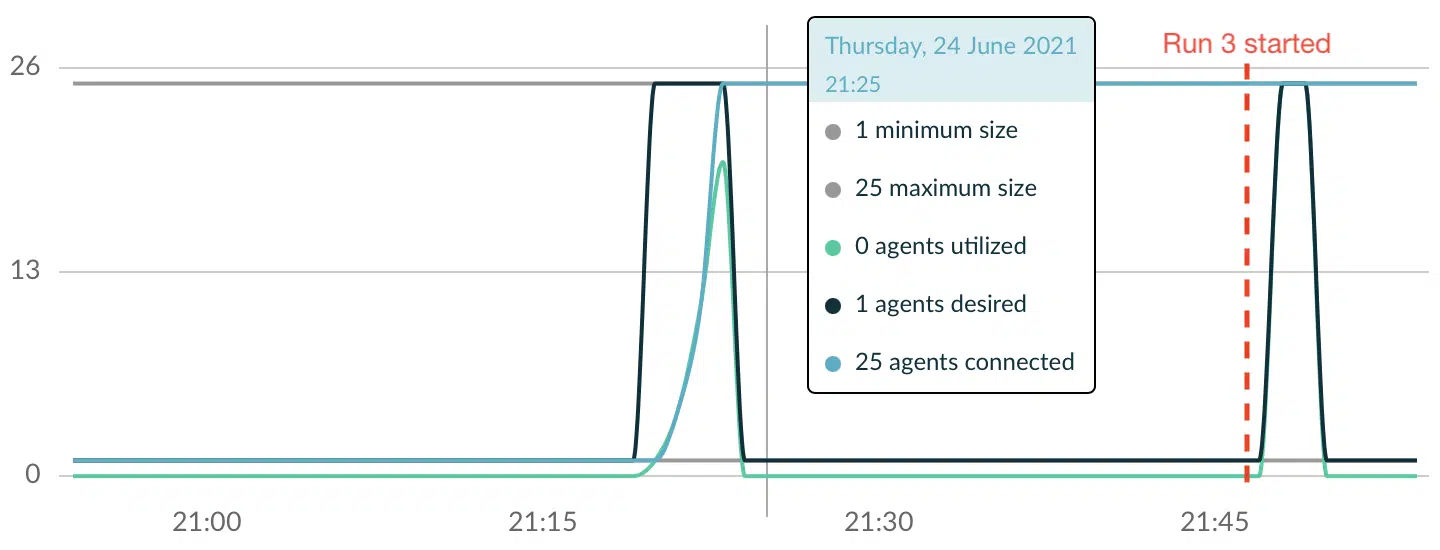Understanding the Vital Roles that Build & Test Performance Consistency and Continuity Play in Improving the Developer Experience
By Wayne CaccamoIn the course of engineering new solutions that improve developer productivity by speeding up builds and tests, Gradle will introduce new concepts and new enabling technologies. Here we will introduce and explore the concepts and technologies associated with performance consistency and performance continuity and the benefits of achieving elevated states of both. Let’s begin by defining performance consistency and contrasting it with performance continuity.
Read More →


